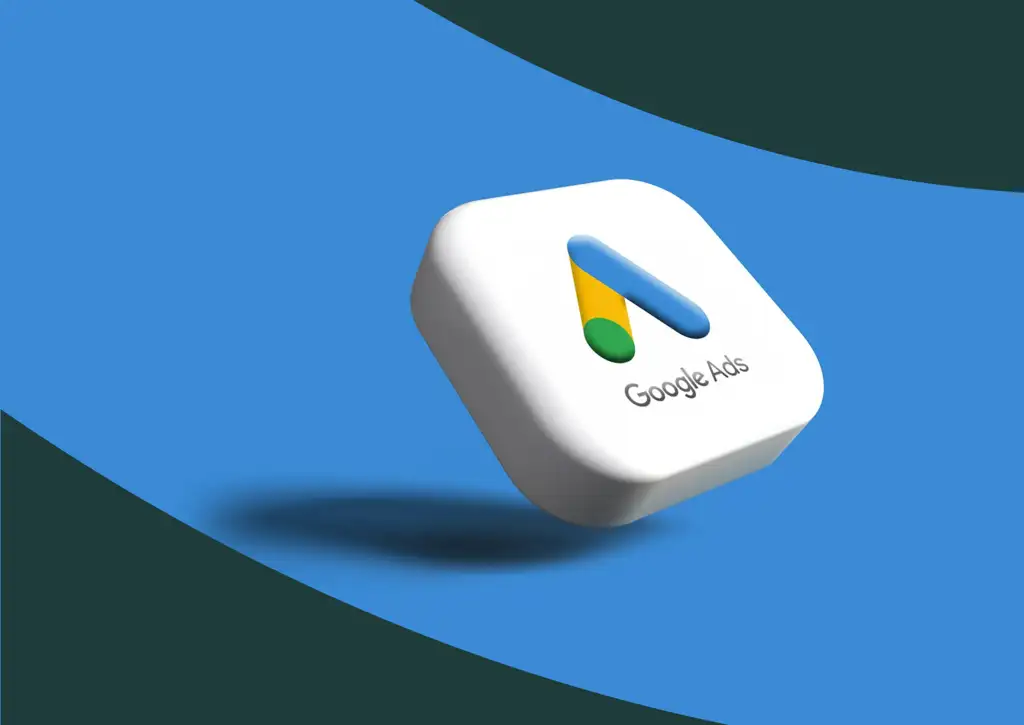AI
Budget Management
Campaign Strategy
Context Gap: The Hidden Root of Every Marketing Challenge

By Abhishek kumar – CEO & Founder @ Meyvex
23 May, 2025
Share

Where the Context Gap Begins
Marketing has always revolved around one timeless problem—turning insight into impact.
A century later, the problem has multiplied. Today’s marketers face an explosion of tools, data, and disconnected systems. Scott Brinker’s Martech Landscape now lists over 15,000 products. Each one promises to fix a pain point—but the flood of point solutions has created a new kind of pain: fragmentation.
Why does this matter? Because every challenge—whether in targeting, measurement, or retention—stems from a single missing ingredient: context.
Targeting grows harder as privacy limits usable data.
Customer acquisition costs keep climbing in crowded auctions.
Attention splits across too many channels and creators.
Retail-media and walled gardens isolate spend and performance data.
Inflation drives customers to shop around.
Attribution gets murkier as signal loss deepens.
Every vendor builds software to solve one of these, but none bridge them together. As a result, marketers keep asking the same question: “Why can’t I see the full picture?”
The more tools we added, the more separated our data and actions became. We solved surface problems while worsening the structural one.
The result is what can be called the context gap—the invisible disconnect between data, tools, and human understanding that slows every decision and multiplies every annoyance.
How the Context Gap Appears in Everyday Marketing
1. Attribution
Each platform claims victory.
Google counts the click. TikTok takes credit for the view-through. The CRM says email did the closing.
None of them are lying—they just see the world through their own keyhole. The issue isn’t a lack of data integration; it’s that people still have to gather, align, and interpret everything manually. That human bottleneck is the context gap at work.
2. Internal Reporting
If your Monday starts by copying data into slides, you’re living inside the gap. Numbers pulled from different systems start to diverge the moment they’re moved. Finance uses ERP revenue, sales uses CRM leads, and by the time the deck reaches leadership, no one can fully trust the figures.
The cause: context trapped in silos, forcing humans to act as messengers instead of strategists.
3. Strategy Development
Annual planning should focus on bold bets and creative thinking. Instead, teams spend hours reconciling last year’s numbers and debating whose report is “more accurate.” The energy that should go into future growth gets burned on re-establishing the past.
That fog of disagreement is just another symptom of missing context.
4. Experimentation
Testing should be a learning engine, but most teams accept friction as normal—each channel runs its own isolated experiments with separate metrics and confidence calculations.
Marketers then spend days stitching together those partial truths. Automation tools help a little, but they don’t solve the root issue: no unified context layer connecting all the results.
5. Spreadsheets
Spreadsheets are the duct tape of marketing. They persist because they fill the gap that the platforms can’t. Every “export to CSV” button admits that a system can’t share context seamlessly.
They’re not bad tools—but they represent wasted human effort on tasks machines should handle automatically.
The Context Dividend: A New Lens for Leaders
Once you view every pain point through the context-gap lens, patterns emerge. You can finally treat the disease, not the symptoms.
Closing the gap delivers what can be called the context dividend—the compounding benefits that appear when data, tools, and teams share understanding in real time.
The dividend looks like this:
Faster, clearer decision-making.
Better alignment across departments.
Stronger attribution and higher marketing efficiency ratios.
More time for creative, strategic work.
When context flows freely, marketers can stop guessing and start marketing again.
Closing the Gap: The Role of AI and New Protocols
AI is accelerating this shift. In 2024, Anthropic introduced the Model Context Protocol (MCP)—a standard for how large language models interpret data from different tools.
Think of HTTP, the protocol that standardized how browsers and servers communicate on the web. MCP plays a similar role for AI: it allows ChatGPT, Claude, Gemini, and others to understand structured data from multiple platforms in one contextual frame.
Here’s what that means in practice:
Today:
You run a cross-channel A/B test. Each platform reports results differently. You clean and merge the data yourself before any AI can analyze it.
With MCP:
An LLM can directly interpret each platform’s metrics in context, understanding the relationships between them automatically. It no longer needs you to serve as the data translator.
This shift doesn’t just speed things up—it removes the manual friction that defines the context gap itself.
Four Steps to Start Closing Your Own Context Gap
1. Adopt a context-first mindset.
When a workflow feels painful or repetitive, ask: “Is this frustrating because my systems lack context?” Often, the answer reveals where to focus improvement.
2. Audit your workflows and tech stack.
Map where humans manually move or clean data. Look for recurring friction points. You don’t need to fix them all immediately—awareness comes first.
3. Learn context engineering.
Major AI models already support context enrichment features. Understanding how to feed them structured background—such as brand goals, channel definitions, or campaign metadata—multiplies their usefulness.
4. Explore early MCP integrations.
Some platforms, like Shopify’s Storefront Agent, already use MCP to let AI understand store data natively. Expect rapid adoption across CRM, analytics, and ad-tech ecosystems.
Finally, reassign the time your team spends on data wrangling toward experimentation and creative problem-solving. Even tests aimed at improving workflows will prepare you for a more connected, AI-assisted future.
The Future After the Gap
As context becomes native to our systems, the annoying parts of marketing—report reconciliation, spreadsheet stitching, attribution debates—start to fade.
The challenges that remain will be the rewarding ones:
Generating personalized creative at scale.
Finding messages that increase lifetime value.
Building campaigns that open entirely new audiences.
AI won’t take your job—it will take the work that prevents you from doing your job.
The marketers who thrive will be those who understand the context gap, recognize where it hides in their daily routines, and act early to close it.
When context flows, insight turns into action.And marketing becomes what it was always meant to be: not endless coordination, but meaningful creation.

Budget Management
Campaign Strategy
How to Build a Scaling Routine That Doesn’t Trigger the Learning Phase

By Abhishek kumar
CEO & Founder @ Meyvex
1 October, 2025

Meta Ads
Marketing Strategy
Performance
How to Run a Good Competitor Ad Analysis

By Abhishek kumar
CEO & Founder @ Meyvex
1 October, 2025

